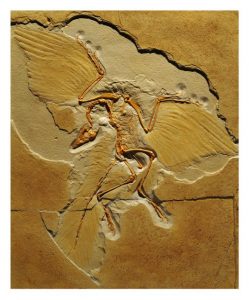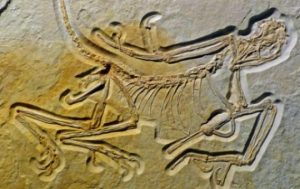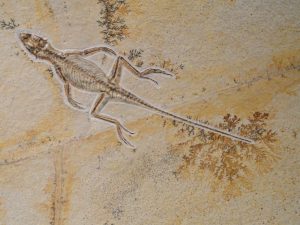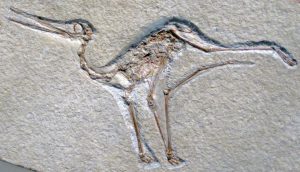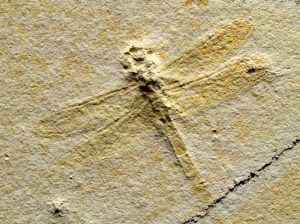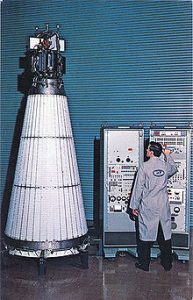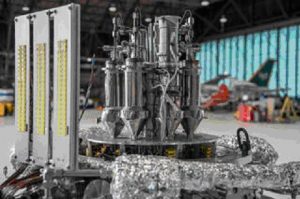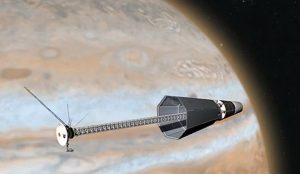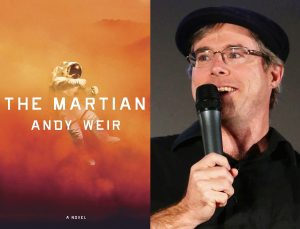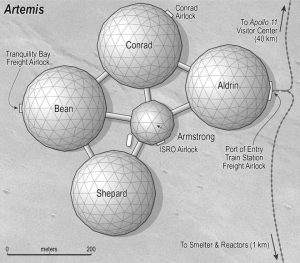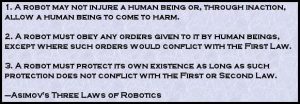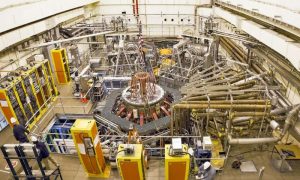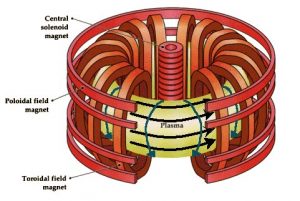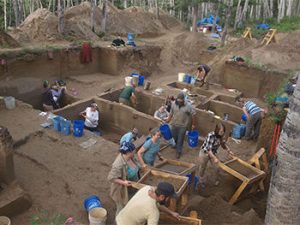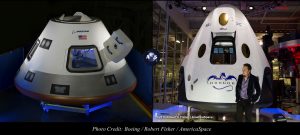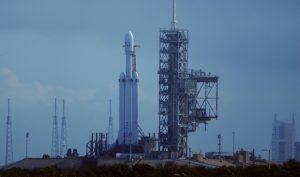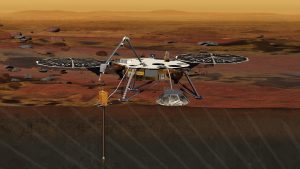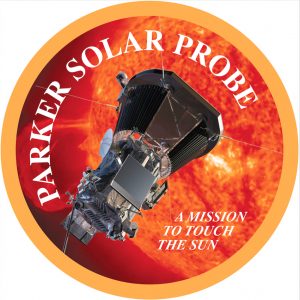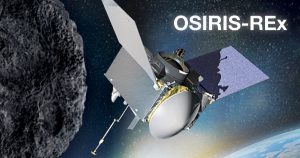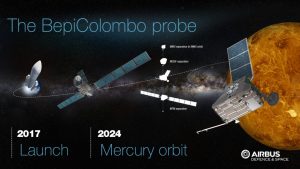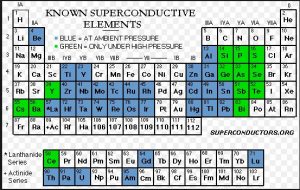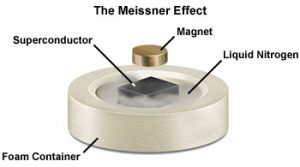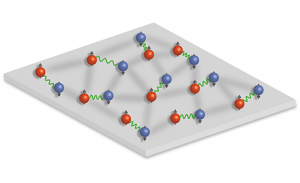Here we go again. News headlines are proclaiming that a recent discovery of a fossil jawbone in Israel will ‘completely rewrite’ everything we knew about human evolution.
Well no. First of all this new find does not effect at all our understanding of human ancestral species such as Homo habilis or Homo erectus, nor related species such as H. neanderthalensis. Secondly, it is only the dating of the jawbone, which is yet to be confirmed by the way, which is a surprise to anyone. What this fossil is likely to do is push backward by some 50,000 years the date of the migration of our own species, H. sapiens out of Africa.
First a few facts. The fossil jawbone was discovered in the Misliya cave on the western slope of Mount Carmel in Israel, see images of the cave and jawbone below. The jawbone was found in association with stone tools of a type known as the Early Middle Paleolithic. Based upon the tool type and dating of the soil deposits in which the jawbone was found the fossil is considered to be between 177,000 and 194,000 years old.
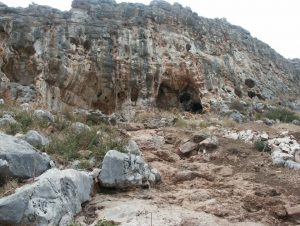
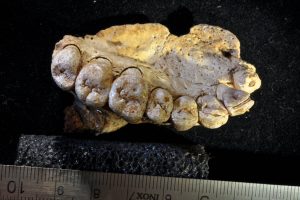
That date makes this jawbone the earliest known fossil of H. sapiens outside of Africa by 60,000 to 80,000 years. This tremendous leap backward in time implies that our species had left Africa much earlier than anthropologists had previously thought. In fact until recently it was thought that H. sapiens had only evolved 200,000 to 250,000 years ago.
However in June of 2017 fossils of H. sapiens from the Jebel Irhoud site in Morocco were dated to around 315,000 years ago pushing back the origin of our species by almost 100,000 years. These finds correlate quite well with the new find in Israel and some researchers are already using this data to develop a new timeline of human evolution.
With all of these new finds paleontologists are bringing us ever closer to a clearer more detailed picture of the evolution of our species. One thing is certain, more fascinating discoveries are certain to be made.
Before I go I’d like to take a few minutes to talk about tomorrow’s Superbowl, number 52 in case you’re counting. I know what your thinking, sports isn’t science, what is the Superbowl doing here. Aren’t I really just doing this because my hometown team the Philadelphia Eagles have been the surprise of the NFL season by going from a losing record last year and making it all the way to the Superbowl this year. But please bear with me.

It’s true; nobody picked the Eagles to go very far this season. Their record last year was 7-9 and although they had some good young players all of the analysts agreed that they needed more experience before they’d go very far. Hey, even their coach was inexperienced, last season was his first year as a head coach anywhere.
From the first game of the season however the Eagles have played with a great deal of enthusiasm and in this town when the players try hard the Philly fans will support them like no other fans anywhere. Really the feedback between players and fans in this city is something to behold. So that’s the Eagles strength, youth, enthusiasm and a desire to show that they really are as good as their 16-2 record indicates.
Our opponents are the New England Patriots, making their eighth appearance at the Superbowl in the last seventeen years. Generally considered the strongest dynasty in football (American football that is) during the modern era the Patriots have all the experience you could ask for. In addition the Patriots have the calm, deliberate confidence that comes with repeated success, with knowing for certain just how good you are.
That’s what this year’s Superbowl is really about: experience versus enthusiasm, confidence versus desire. And if you think about it, isn’t that a big part of life in general, the differences are just usually not that clear cut most of the time.
I think that makes this Superbowl a bit more interesting than in most years, or is it just that my hometown Eagles are in it?

